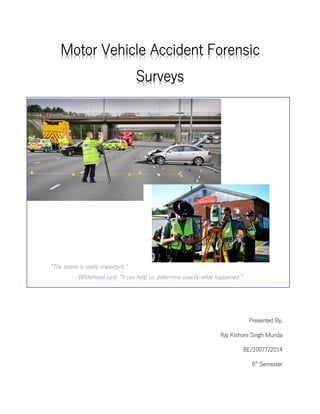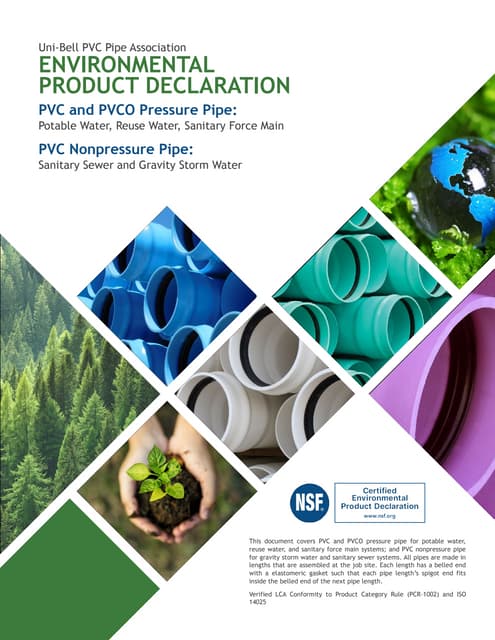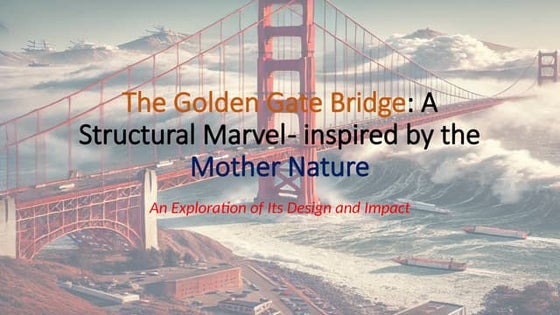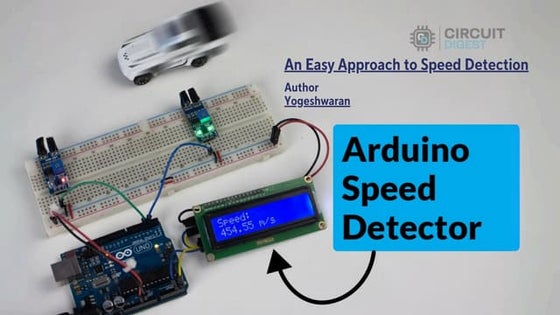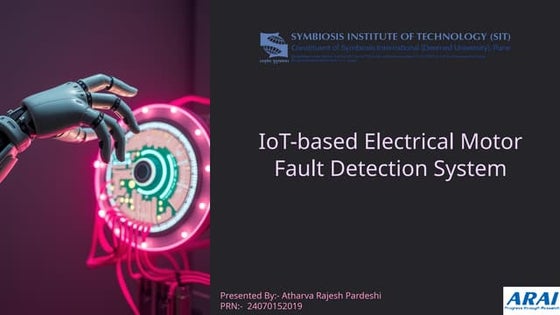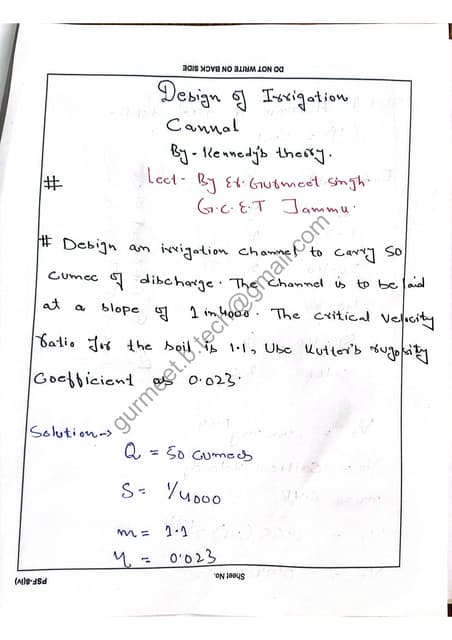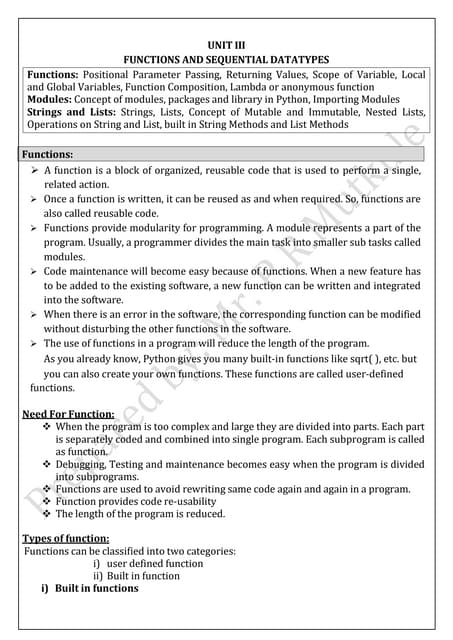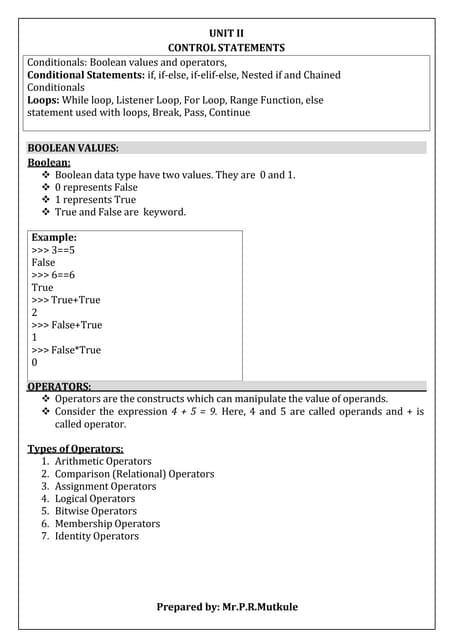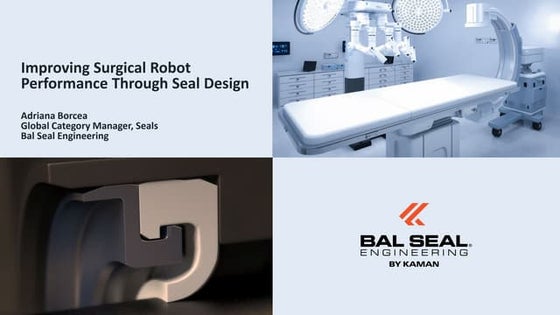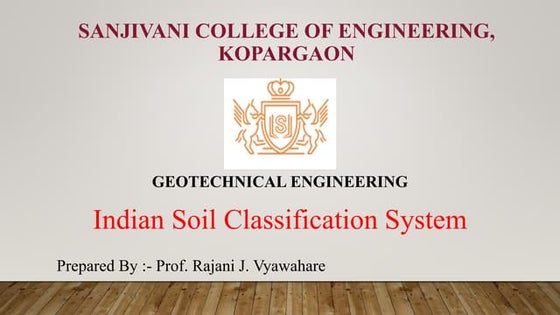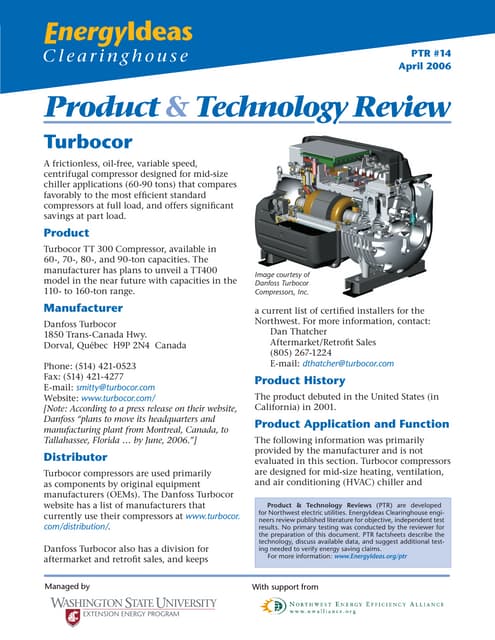Motor vehicle accident forensic surveys
- 1. Motor Vehicle Accident Forensic Surveys ŌĆ£The scene is really important,ŌĆØ Whitehead said. ŌĆ£It can help us determine exactly what happened.ŌĆØ Presented By, Raj Kishore Singh Munda BE/10077/2014 6th Semester
- 2. Forensic Surveying A multicar pileup occurs at 4 a.m. on a major highway leading to fatalities or devastating injuries. Gun violence erupts downtown resulting in a homicide. In each case, law enforcement officers rush to the site of the incident, ready to reconstruct the crash or crime scene. To understand what caused the crash and to help the crime investigation, you need to capture and preserve the scene as quickly and accurately as possible. The phrase ŌĆ£Forensic SurveyingŌĆØ can represent many types of crime scene surveys. Forensic surveys consist of homicides, bomb explosions, building collapses, motor vehicle accidents, and much more. The precision of a forensic survey has many determining factors such as weather, human error, the response time of a forensic surveyor and the equipment used. ŌĆó Forensic surveys have come a long way in the equipment that has been used in conducting the survey, from tapes to total stations. ŌĆó To understand what caused the crash and to help the crime investigation, you need to capture and preserve the scene as quickly and accurately as possible. ItŌĆÖs essential to have equipment that allows you to work efficiently and with confidence. ŌĆó For a forensic survey to be the most accurate it can be that the scene has to remain undisturbed.
- 3. Once the survey has been complete the data is then imported in to Crash Zone, an AutoCAD based program. Once all the data has been collected, processed and made into diagrams an accident re- constructionist will have a pretty good idea whether it was the fault of a driver or what the key components were that caused the accident and could present them to a court to prove it. Introduction Motor vehicle accidents use to be very difficult, for forensic surveyors to complete and still can be. A re-constructionist is always racing the clock on collecting data in the field, due to the fact that vital evidence can be compromised easily due to weather and to other people. ThatŌĆÖs why it is so important that a forensic surveyor / re-constructionist be informed of an incident right way. Once the reconstructionist has arrived it is crucial that they be briefed on what happened and then allowed to collect data without any major interruption.
- 4. The faster an accident is cleared, the safer everyone becomes. Traffic accidents are known to cause secondary accidents, which make investigators on the scene and surrounding civilians susceptible to getting hurt. Investigators can't rush the process either because if a serious injury or a fatality occurred, it's extremely important to collect all the necessary position data for courtroom purposes. By utilizing the power of reflector less technology, you can make measurements to vehicles or any surrounding landmark without the need of a 2nd person holding a prism pole. Using a LTI laser not only saves time, it also reduces the safety risk for you and your team. 2. PRECISION DUE TO HUMAN ERROR VS INSTRUMENT ERRORS The equipment that is used today by forensic surveyors has a precision of plus or minus 3 millimeters. The actual precision of a forensic survey is in the hands of the surveyors. A forensic surveyŌĆÖs precision has several major factors. The first one is that as soon as a scene happens it starts to disappear. ŌĆ£An example is a skid mark left by a tire. The skid mark is created due to heat and friction, and as soon as it starts to cool the skids outer edges start to disappear.ŌĆØ But for large pieces of evidence such as motor vehicles, the precision depends on the prism man, on how level and close the prism is to the evidence. These are all major determining factors in the precision of a forensic survey. Besides the evidence and human faults, errors could also be caused due to equipment.
- 5. EQUIPMENT USED FORENSIC SURVEYORS 1. At present, One of the most accurate and common ways to survey any scene to date is the use of a total station, or a series of total stations for any scene which needs to be accurately measured. Advantage: ŌĆó Helps to take measurement very fast and accurately. ŌĆó Any scene by way of this method can be reconstructed in 2D, or 3D. Depending on the needs of the case. This capability is essential as crime scenes occurring inside a structure. 2. One of the newer methods to all of us is the use of 3D laser scanners. There are several scanners available now. The two most commonly known and used at this time are the Leica scan station.
- 6. Advantage: ŌĆó This is the most accurate method available right now for us to measure a scene. ŌĆó The laser scanner to explain it simply is mapping and measuring everything that your eye sees. HOW THIS IS DONE!!! 1.CRIME SCENE PROTECTION OR FIRST ON SCENE The first officer on scene has several duties before the re-constructionist arrives on scene. They first need to determine if the scene is safe for themselves and others who may be in or near the facilities of the scene. After determining that the scene is safe, they then check on the victims, and administer first aid as needed. Once everyone has been attended to, protection of the scene is top priority. This could consist of restricting sightseers or other vehicles from driving over top of the evidence. Using total station technology in forensic work has made it possible to collect more accurate data about crime and crash scenes. The technology has also contributed to higher productivity. ŌĆ£Before (using tape measures), several officers spent five to ten hours investigating crash and crime scenes,ŌĆØ Lt. Fair said. ŌĆ£Now, with a total station, two officers can map an entire scene in two to three hours.ŌĆØ
- 7. 2.ARRIVAL OF RE-CONSTRUCTIONIST ŌĆó When the re-constructionist arrives on scene the first thing that happens is they are briefed about the scene. ŌĆó Once they have been briefed they do a walk around, throughout the scene. While they are walking around the scene they are completing a quick sketch of what they see. During the walk around an officer is also using spray paint and marking where everything is at. Such as, the begging and end of skid marks and yaws, to the position of bodies if they were ejected from the vehicles. ŌĆó After completing the walk around, the location of where the total station is going to be set up is determined. The total station is usually located on the edge of the road and at a location that will allow the officers to take shots of everything without having to relocate the instrument during the survey. ŌĆó After locating the point in which the instrument is going to be set up at, a ŌĆ£PK nailŌĆØ is inserted into the ground as reference one. ŌĆó Once the total station is set-up they locate a utility pole in the near facilities of the scene and shot it as the second reference for the data in which is collected during the survey. Once the second reference has been shot, then the scene is shot. During the process of shooting a scene, it may take up to three officers. ŌĆó The two officers are located at the instrument; one is running the instrument while the second officer is recording the information in a field book. The third officer is walking around the scene with the prism. The officers will shot in what they think is important for the investigation. In a
- 8. forensic survey, there is never to may shotŌĆÖs that can be taken, the more there is the more clarification the diagrams will provide. Team Comprises of 1. Head Surveyor 2. Assistant Surveyor 3. Draftsman ŌĆ£With mapping,ŌĆØ Jones said, ŌĆ£itŌĆÖs a matter of how well you understand the evidence youŌĆÖre collecting. You may be the worldŌĆÖs best surveyor, but if you donŌĆÖt understand what the forensics are proof of, youŌĆÖll get crossed out.ŌĆØ
- 9. 2.1 EXAMPLE DIAGRAM OF SKETCHŌĆÖS The sketches are not to scale; it is just for a reference as to where the vehicles and evidence are located from the accident. Sketches usually contain the following but are not limited to these items: vehicleŌĆÖs location/position, mail boxes, utility poles, trees, beer cans, and any other evidence, all of these items on the sketches are usually numbered and correspond with a list of evidences in which was collected at the scene.
- 10. 2.2 PLACEMENT OF SHOTS AND PRIORITY There is a wide range of what is shot-in at a scene. The first items to be shot- in at a motor vehicle accident scene, is the skid/yaw marks. These marks are created do to friction between the tires of the vehicle and the pavement. When the friction between the two heats up; it brings the oils from the pavement to the surface. As the skid/yaws cool the outer edges will start to disappear, making it hard for the officers to determine the actual starting and endpoints of the skids/yaw marks. After shooting-in the skids/yaws they begin to work on shooting-in the rest of the scene. If a body has been ejected from a vehicle they will take shots at the top of the head, hands, feet and one in the center of the chest. Shots will also be taken where skin and clothing may be on the pavement due to a body sliding across the pavement. When it comes to vehicles the officers will take a shot at the end of each axle and the corner of the vehicle. If the vehicle has been caved in as shown in the diagram below they will take a shot in the middle as a reference to were the vehicleŌĆÖs hit. If the vehicle went off the road and hit a tree the officers will shot-in the tree as well as other trees that are near it. Other items that may be shot-in are mailboxes; driveways, trees, fences, and any other thing that would help clarify why a scene looks the way it does. 3. OFFICE WORK After the completing of all of the field work the officer(s) will then return to the office, to process all the data collected at the scene. The information on the data collectors is downloaded, then imported into an Auto CAD software called ŌĆ£Crash ZoneŌĆØ. Once the data is imported in to Crash Zone, an officer can then
- 11. connect points creating diagrams which can then be used to determine what happened. The diagrams contain north arrow scale and location, date and time of the accident. These diagrams can usually give an officer a good idea of what happened before and during the accident, before the vehicles came to there final resting places. 4. IF MATTER GOES TO COURT!! The ultimate test for any surveyor who plans to work in forensic surveying and mapping is to make total station data defensible in court. During the procedure at court, it must be proved that total station was working correctly at the start and end of the mapping and that the mapping was done from the same position.
- 12. 5.CONCLUSION Forensic Surveying will always have variation with the precision due to the fact that it might take a few minutes for a forensic surveyor to arrive on scene, and that as soon as the scene becomes one, the evidence starts to disappear. ŌĆó With the equipment that has become available to us, it allows them to collect more data faster and efficient, compared to when they measured out large scenes using tape measures. ŌĆó The evidence which is surveyed is only good to them if it has been undisturbed, and is in its original resting position after the accident. Even though it might not have been disturbed by human, re-constructionist are racing the clock to collect data quickly but accurately. ŌĆó Once all the data has been collected, processed and made into diagrams an accident re-constructionist will have a pretty good idea whether it was the fault of a driver or what the key components were that caused the accident and could present them to a court to prove it. ŌĆ£The thing that no instrument is ever going to do is analyze the evidence for you. ThatŌĆÖs something that still relies on oneŌĆÖs expertise, education and experience.ŌĆØ

